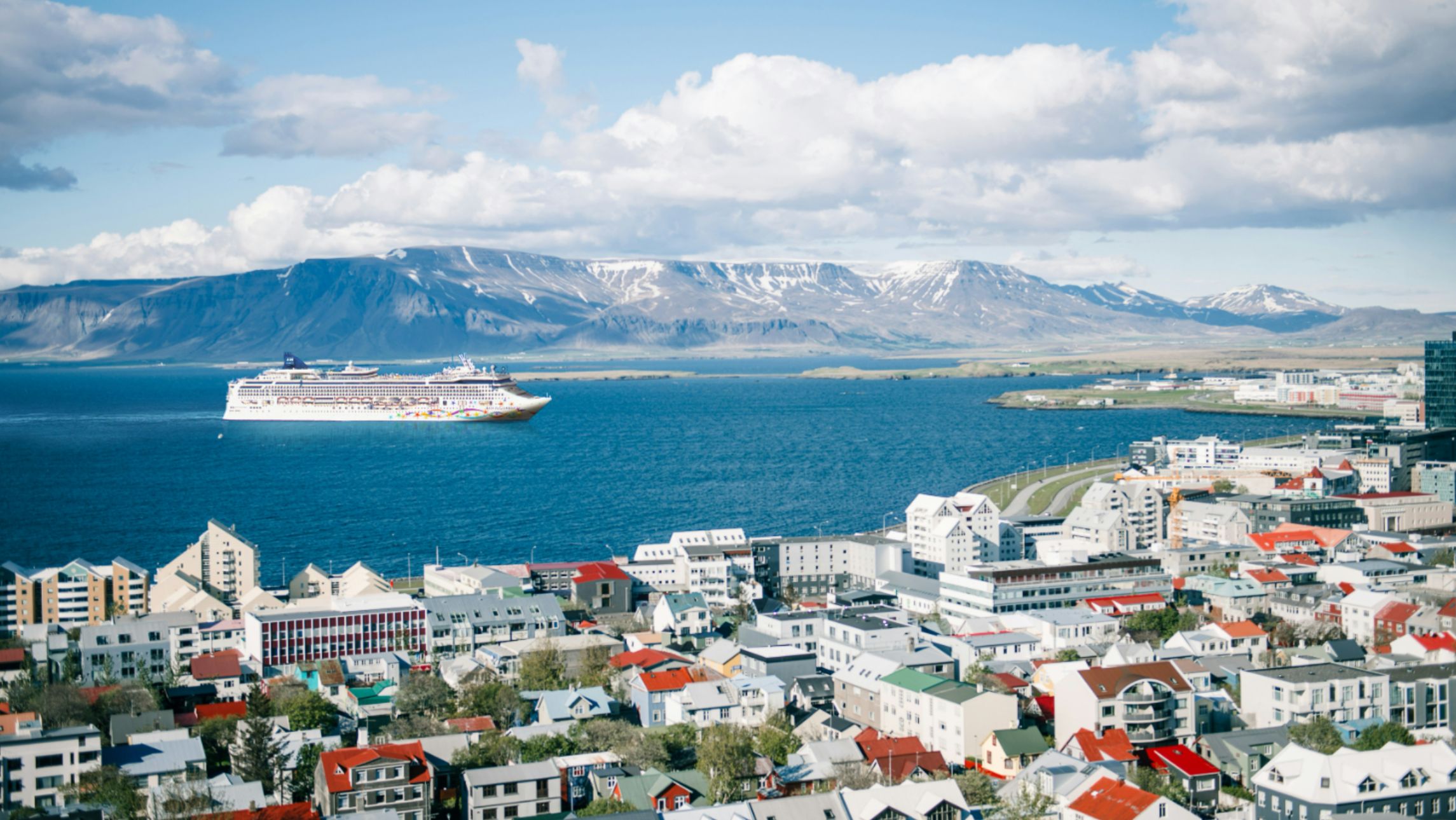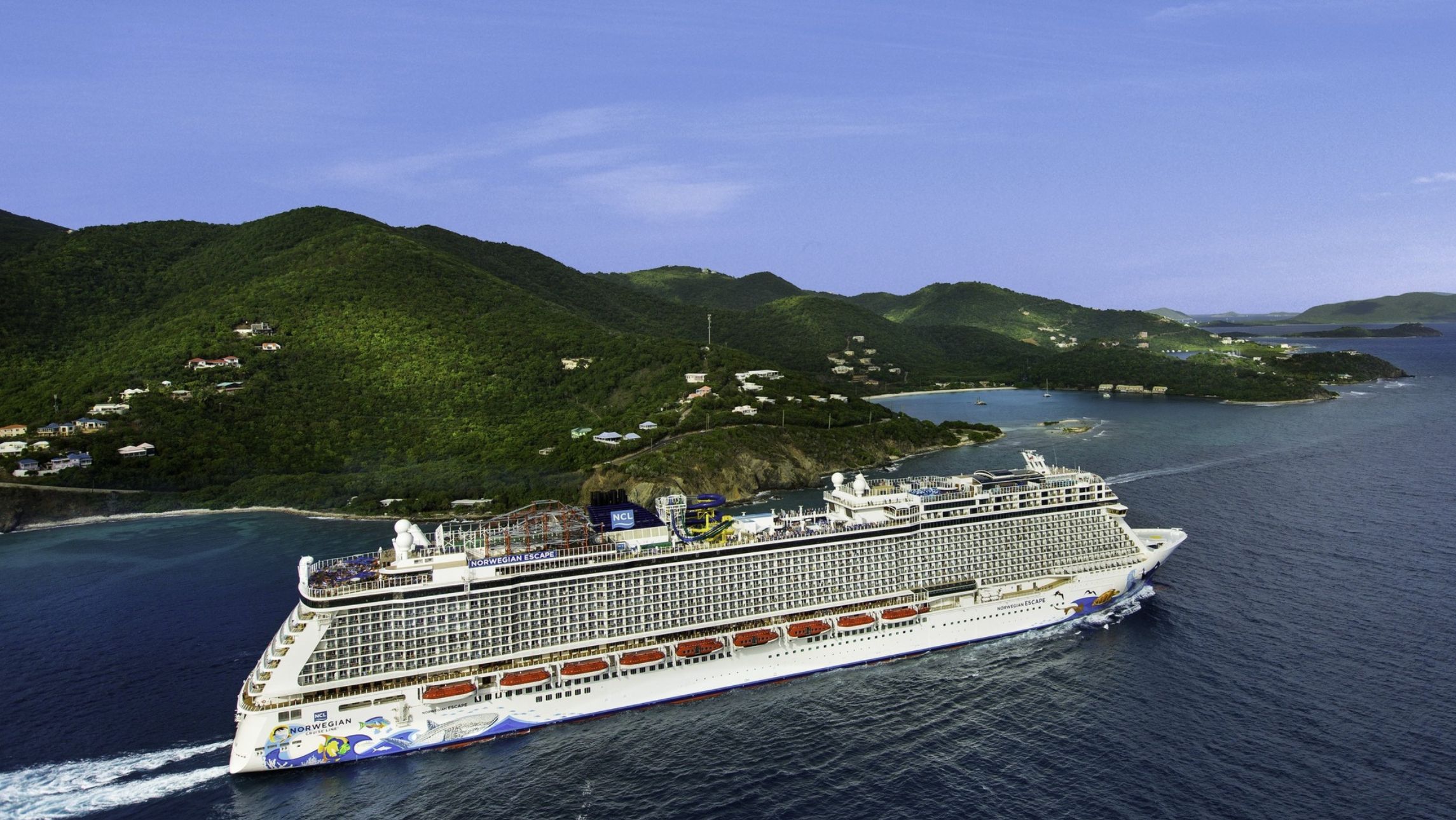The beginning of August heralded the start of a soft launch of the Northern Hemisphere cruise season.
It did not go well for everyone.
“This virus teaches us something every day,” veteran Norwegian Cruise Lines head Frank Del Rio said. “While it’s disappointing, I’m glad the ports and the cruise companies that suffered these setbacks handled it very, very well, and we haven’t had a repeat of what happened earlier during the pandemic crisis.”
Norwegian-based Hurtigruten had to cut their sailing short after COVID-19 cases were reported onboard. Luxury small ship Paul Gauguin and UnCruise in America also reported cases onboard.
And SeaDream I passengers were forced to quarantine after a passenger from a previous sailing
Dr Jewel Mullen, an associate dean at University of Texas Austin’s Dell Medical School told Travel Weekly that incidents like these are “part of what we need to know”.
Observation of cases and protocols in action will help scientists and cruise companies understand how to continue to refine all of the preventive and protective measures.
The industry will now look, in the case of Paul Gaugin, SeaDream and UnCruise Adventures, how their health and safety protocols work to prevent onboard transmission and if the quarantining process of guests stops the spread into the community.
Bear in mind Hurtigruten and SeaDream have both been sailing since June with no incidents.
But here are some lessons that we can learn from the past few weeks
The crew must be tested repeatedly
Carnival Corporation’s AIDA was set to resume sailings on August 1 but has been delayed. Crew from the ship arrived from their home countries in late July.
While all had taken COVID-19 tests within a two-week period, the company required them to be tested again. Ten crew members tested positive and a similar situation occurred in Italy, when crew members arrived for several Costa ships.
Carnival Corporation’s spokesperson Roger Frizzell pointed out that early arrival and multiple testing caught COVID cases among the crew before passengers board.
“It shows that our strict hygiene protocols developed with the authorities are effective and that we have taken the right preventive measures,” the line said in a statement to Cruise Critic.
The post-cruise impact
Several quarantine situations had COVID-19 passengers from previous cruises. But because the virus has such a long incubation period, there is a high chance that it spread among the crew, which remain the same on every voyage.
And by the time the passengers disembark and head back to their respective countries, contact tracing becomes problematic.
In the case of Hurtigruten, the line had to contact 69 different municipalities as well as a number of different countries.
People who are asymptomatic can slip through
The horrible thing about this virus is that people can spread the virus without showing any symptoms. Most of the positive cases reported on UnCruise and Paul Gauguin were asymptomatic.
On UnCruise, passengers were required to show proof of a negative test within five days of arrival in Alaska with a secondary test at the airport. But the second test was only given to the passenger once they were already onboard.
Similar to the 22-year-old American, who entered French Polynesia with a negative test before she left the US. But the second test came back negative.
UnCruise CEO Dan Blanchard told Cruise Critic that rapid response tests would provide quick results to get cruising up and running before there is a vaccine.
Cruise lines must use their comprehensive health and safety policies
While AIDA has a thorough crew screening plan, they did not require passengers to get COVID-19 tests before boarding. French Polynesia and Alaska, where Paul Gaugin and UnCruise were sailing, required passengers to have negative tests. But a five-day timeframe is too short.
But MSC has revealed, perhaps the most comprehensive plan yet. Included in the line’s plan is wearable tech that also acts as contact tracing; shore excursions with tour leaders in PPE; restricted capacity in the theatres and dining venues; rapid response swab tests at the terminal and more.










My opinion on your article – “The guinea pig voyages making cruising safer“ is straight out irresponsible. What you failed to mention is the fallout from the Hurtigruten debacle which affected 69 Norwegian communities, many with only basic health services. And people are still being ferried to hospitals in Tromsø (2 overnight) while hundreds are sitting in quarantine as a result of this “guinea pig” voyage! But I guess you will say anything, (and withhold anything) to promote cruising! Very, very irresponsible during this time with continuing increase in COVID-19 transmission numbers!